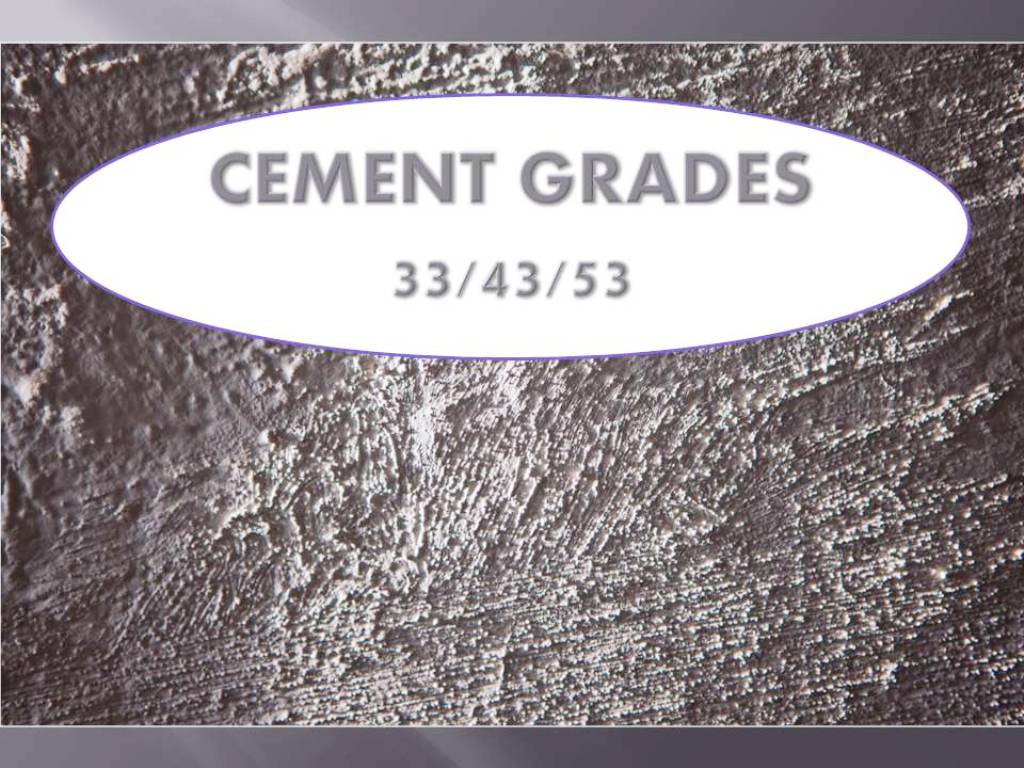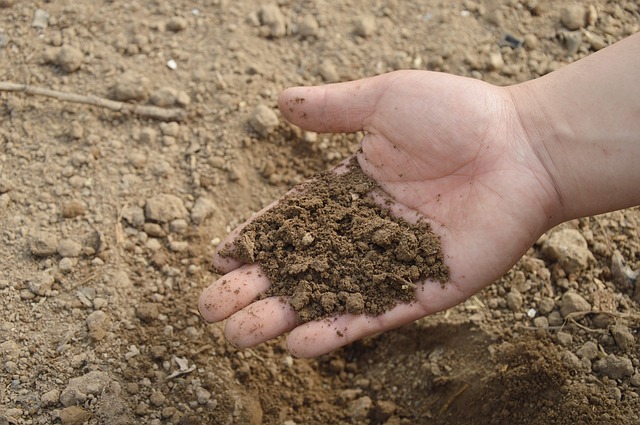What is Surveying?
Surveying is the art and science of accurately determining the three-dimensional position of points and the distances and angles between them. It is used to establish boundaries for property, to create maps, and to build structures. Surveying is an important part of civil engineering, land development, and construction projects.
Types of Surveying:
There are many different types of surveying, each with its own set of techniques and tools. Some of the main types of surveying include:
Geodetic surveying:
Geodetic surveying deals with the shape and size of the earth and is used to create large-scale maps and to establish control points for other types of surveying.
Land surveying:
This type of surveying is used to determine the boundaries of a piece of land and to create maps. Land surveyors use a variety of techniques to measure and mark the boundaries of a property, including the use of GPS, lasers, and traditional surveying instruments like transit and level.
Hydrographic surveying:
This type of surveying is used to map the ocean floor and other bodies of water. Hydrographic surveyors use specialized equipment like sonar and GPS to create detailed maps of underwater features.
Photogrammetric surveying:
This type of surveying involves the use of aerial photographs to create maps and 3D models of the earth’s surface. Photogrammetric surveyors use specialized software to process the photos and create accurate, detailed maps.
Engineering surveying:
This type of surveying is used in the planning and construction of structures like buildings, roads, and bridges. Engineering surveyors use a variety of techniques and instruments to measure and map the land, including laser scanners and total stations.
Instruments and equipment used for Surveying:
There are many different tools and instruments that are used in surveying. Some of the main tools and instruments include:
- Total Station
- Theodolite
- Auto Level
- Dumpy Level
- Measuring Tape
- Tripod Stand
- Ranging Rod
- Staff Level
- Spirit Level
- Plumb Bob
- Laser Scanner
- Compass
- GPS
Total Station
Total Station is a specialized instrument that combines a theodolite (an instrument used to measure angles) with an electronic distance measurement (EDM) device. It is used to measure angles and distances with great accuracy.
Theodolite
A theodolite is an instrument used to measure angles, typically in the horizontal and vertical planes. Theodolites are commonly used in surveying to measure angles between points.
Auto Level
An auto level, also known as a self-leveling level, is a type of surveying instrument that is used to measure the difference in elevation between two points. It is similar to a dumpy level, but it has a built-in mechanism that automatically levels the instrument, making it easier to use.
Dumpy Level
A dumpy level, also known as a builder’s level, is a type of surveying instrument that is used to measure the difference in elevation between two points. It consists of a telescope mounted on a tripod, with a spirit level attached to the top of the telescope to ensure that it is level. The dumpy level is typically used to measure small differences in elevation, such as the slope of the land or the level of a construction site.
Measuring Tape
A measuring tape, also known as a tape measure, is a tool that is used to measure the length of an object or the distance between two points.
Measuring tapes are commonly used in a variety of applications, including construction, carpentry, engineering, and surveying. In surveying, measuring tapes are often used to measure short distances, such as the width of a road or the height of a building. They are simple to use and relatively inexpensive, making them a popular choice for many surveying tasks.
Tripod Stand
A tripod stand is a three-legged stand that is used to hold a surveying instrument, such as a total station or an auto level, in a stable and level position. Tripod stands are commonly used in surveying to ensure that the instrument is stable and level, which is necessary for accurate measurement.
Ranging Rod
A ranging rod, also known as a range pole or measuring rod, is a long, narrow pole that is used in surveying to measure distance and elevation. Ranging rods are typically made of wood, metal, or a strong, lightweight material like carbon fiber.
Staff Level
Staff levels are commonly used in surveying to measure the difference in elevation between two points on the earth’s surface. They are relatively accurate and easy to use, making them a popular choice for many surveying tasks.
Spirit Level
A spirit level, also known as a bubble level or a spirit bubble, is a small, hand-held instrument that is used to determine if a surface is level or plumb. Spirit levels are commonly used in a variety of applications, including construction, carpentry and surveying, to ensure that surfaces are level or vertical.
Plumb Bob
A plumb bob, also known as a plumb weight or a plummet, is a small, pointed weight that is suspended from a string or cord. It is used to determine if a surface is vertical, or plumb, and is commonly used in construction, carpentry and surveying to ensure that surfaces are vertical.
Laser Scanner
A laser scanner is a device that uses lasers to scan and measure the distance to objects. Laser scanners are commonly used in surveying to quickly and accurately measure the distance to objects and to create 3D models of the earth’s surface.
Compass
A compass is an instrument that is used to determine direction, typically relative to the earth’s magnetic field. Compasses are commonly used in navigation, surveying, and other applications to determine the direction to a particular location or to orient a map.
There are many different types of compasses, including magnetic compasses, which use a magnetized needle to point toward the north pole, and gyroscopic compasses, which use a spinning wheel to determine direction. Magnetic compasses are the most common type of compass, and they consist of a magnetized needle that is suspended on a pivot point within a circular housing. The housing is marked with the cardinal directions (north, south, east, and west) and is used to determine the direction of the needle.
GPS
Global positioning systems (GPS) use satellites to determine the precise location of a point on the earth’s surface. GPS receivers are commonly used in surveying to quickly and accurately determine the position of a point.
Also Read: Least Count of Prismatic Compass and Surveyor Compass
Frequently Asked Questions on Surveying (FAQs)
Surveying is an essential part of construction projects, as it helps to accurately measure and mark out the land or structure being built. It involves collecting data, analyzing it, and creating maps or drawings that detail the dimensions, shape, and location of a site. Surveying can be a complex and technical field, and there are many questions that construction professionals often have about it. In this blog post, we will answer some of the most frequently asked questions about surveying in construction.
1. What is surveying used for in construction?
Surveying is used for a variety of purposes in construction, including:
- Determining the boundaries of a construction site
- Measuring the elevation and slope of the land
- Creating a detailed map of the site
- Checking the alignment and position of structures
- Monitoring the progress of construction
2. What tools do surveyors use?
Surveyors use a variety of tools to measure and mark out a construction site. These tools may include:
- Total stations: These are electronic devices that use lasers to measure angles and distances.
- GPS receivers: These devices use satellite signals to determine the position of a point on the earth.
- Levels: These instruments are used to measure the elevation of a point or the slope of the land.
- Theodolites: These instruments are used to measure angles in vertical and horizontal planes.
- Tape measures: These are used to measure short distances, such as the width of a room or the height of a wall.
3. What skills do surveyors need?
Surveyors need a variety of skills to be successful in their job. These skills may include:
- Math skills: Surveyors need to be comfortable with mathematical concepts such as geometry, trigonometry, and calculus.
- Computer skills: Surveyors often use software to analyze data and create maps or drawings, so they need to be proficient in using computers.
- Communication skills: Surveyors often work in teams and need to be able to communicate effectively with other members of the team, as well as with clients and other stakeholders.
- Problem-solving skills: Surveyors may encounter unexpected challenges on a construction site, so they need to be able to think on their feet and find creative solutions.
4. What is a surveyor’s job like?
Surveyors may work on a variety of construction projects, from small residential developments to large commercial or industrial projects. Their job duties may include:
- Visiting the construction site to collect data
- Analyzing data and creating maps or drawings
- Checking the alignment and position of structures
- Monitoring the progress of construction
- Providing advice and recommendations to clients or project managers
Surveyors may work both indoors and outdoors, depending on the project. They may work long hours, including evenings and weekends, to meet deadlines or to complete projects on time.
5. How do I become a surveyor?
To become a surveyor, you will need to complete a college degree in surveying or a related field, such as civil engineering or geomatics. Many colleges and universities offer programs in these fields, and you can also find online degree programs. Once you have completed your degree, you will need to pass a licensing exam to become a professional surveyor. In some states, you may also need to complete an internship or work as an apprentice before you can become licensed.
In conclusion, surveying is an important part of construction projects, as it helps to accurately measure and mark out the land or structure being built. Surveyors use a variety of tools and skills to collect data and create maps or drawings,
















